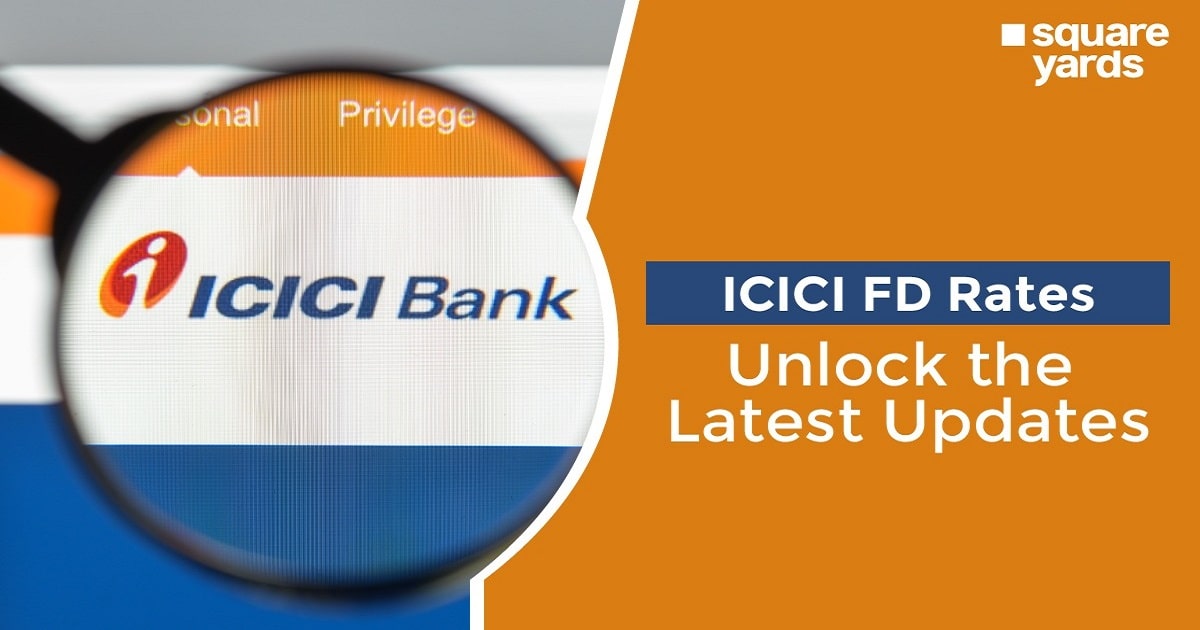A provident fund is a savings scheme to help employees save for retirement. Employees contribute a fixed percentage of their salary to the fund, which provides them with a retirement income. Furthermore, a trustee manages this fund and is responsible for investing the money, thus, ensuring retirement income for the employees.
Table of contents
Types of Provident Funds
Provident funds are categorized into four categories; statutory provident fund, recognized provident fund, unrecognized provident fund, and public provident fund.
- Statutory Provident Fund
The Insurance Funds Act 1925 entrusts government and semi-government bodies with the management of the statutory provident fund. Employers pay tax on it under section 80C, while employees are tax-free. Furthermore, PF interest is tax-exempt. - Recognized Provident Fund
According to the PF Act 1952, a recognized provident fund is any establishment with more than 20 employees accepted by the Commissioner of Income Tax. - Unrecognized Provident Fund
Unrecognised provident funds are by establishments not recognized by the Commissioner of Income Tax. - Public Provident Fund
The Public Provident Fund (PPF) is a government-sponsored savings scheme that offers attractive interest rates and tax benefits. The minimum annual contribution is ₹500, and the maximum is ₹1.5 lakh. The interest rate on PPF deposits is currently 7.9% per annum and is subject to change every quarter.
Provident Fund Contribution
Employees contribute a percentage of their salaries to the provident fund managed by the government. The percentage of the contributions is listed below:
| Contributor | Contribution (%) |
| Employer | 12% |
| Employee | 12% or 10% |
| Total | 24% |
Eligibility For Employee Provident Fund
The Employee Provident Fund (EPF) is a retirement savings scheme for employees managed by the Employees’ Provident Fund Organization (EPFO). The eligibility criteria are below:
- An organization must have at least 20 employees. Furthermore, establishments with less than 20 employees can register for EPF voluntarily.
- The organization must be registered with the Employees’ Provident Fund Organization (EPFO)
- Employees earning less than INR 15,000 must compulsorily register for EPF. Furthermore, employees withdrawing a salary of more than INR 15,000 can register for the same voluntarily.
Features and Benefits of Provident Fund
The Provident Fund is a savings scheme available to all salaried employees in India. The main aim of the Provident Fund is to provide financial security to employees in their retirement years. Employees contribute a fixed percentage of their monthly salary to the Provident Fund, and the employer matches this amount. The Employees’ Provident Fund Organization (EPFO) manages the Provident Fund and is one of the largest social security organizations in the world.
- The main benefits of the provident fund are that it provides a regular income during retirement and offers death & disability benefits.
- The provident fund is a long-term investment that offers good returns.
- Employees can also avail of loans from the provident fund for various purposes, such as buying a house or paying for medical expenses.
- The Provident Fund is an important social security scheme that offers many benefits to employees.
- It is a safe and secure investment and provides a regular income during retirement.
- Employees can also avail of loans from the Provident Fund for various purposes.
- The Provident Fund is a very beneficial scheme and is an essential part of the social security system in India.
You May Also Like
Frequently Asked Questions (FAQs)
What is a Provident Fund in Salary?
A provident fund is a retirement savings plan offered by employers. Employees contribute a portion of their salary to the fund to provide them with a retirement income. The employer manages the fund, and employees make contributions for several years before they receive benefits.
How Can I Calculate my Provident Fund?
Employer and employee contributions must be added for the calculation of your provident fund contribution. Employers contribute 12% to PF balances, while employees contribute 3.67%.
Will I Get my Provident Fund if I Resign?
If you resign, you must wait two months before claiming your PF money. You can withdraw the PF account balance after immediately terminating your employment if you don’t take the next job in India.
Can I Claim Provident Funds While Working?
In contrast to a bank account, an EPF account cannot be taken out during employment.












































